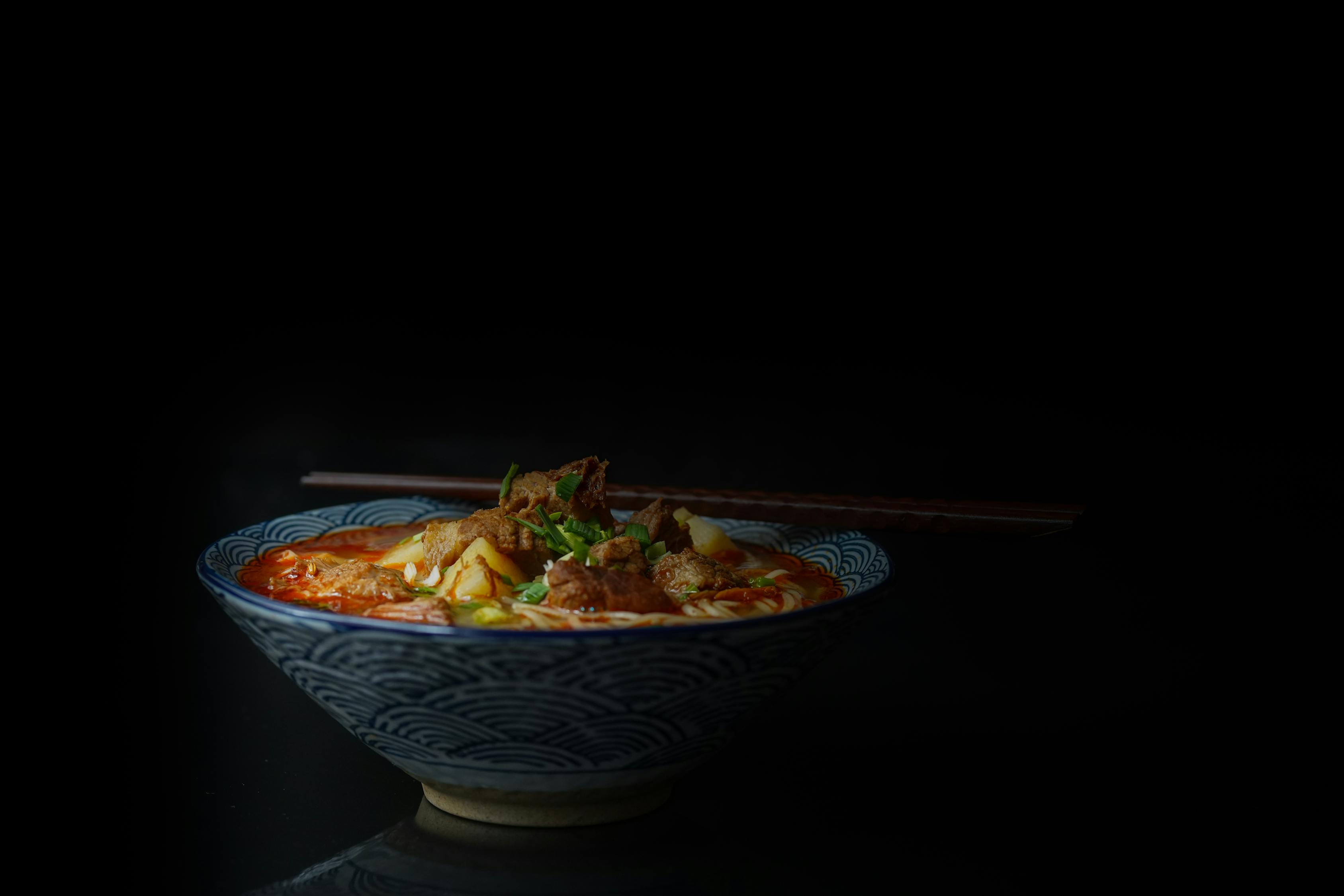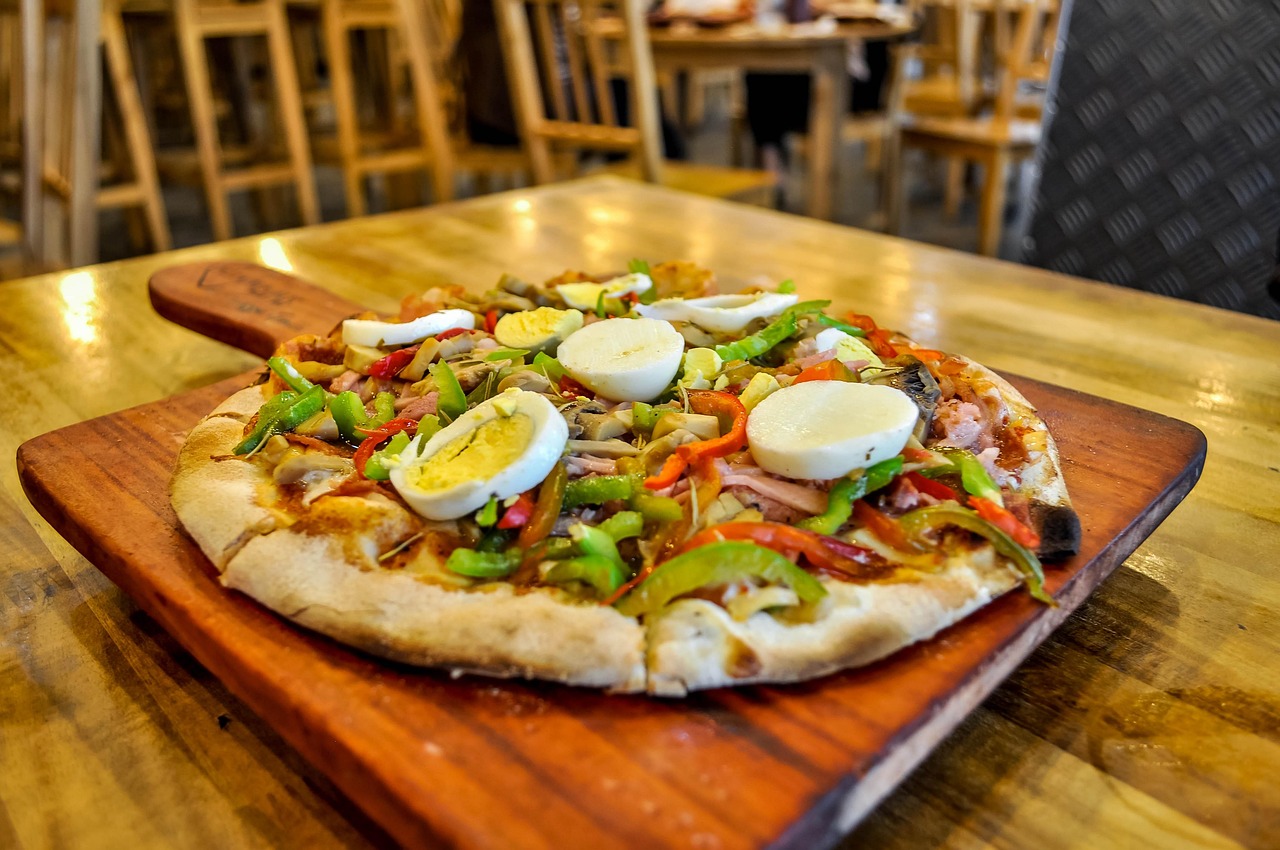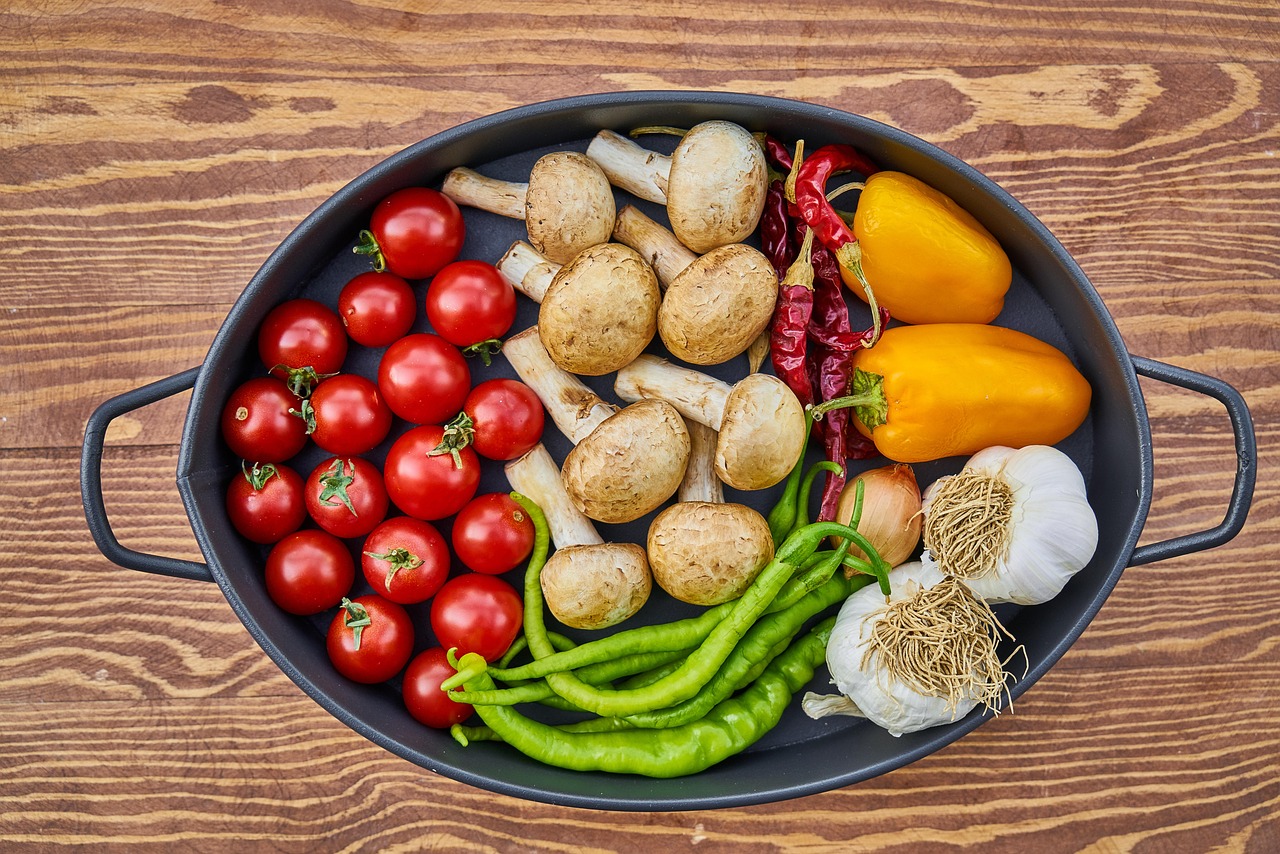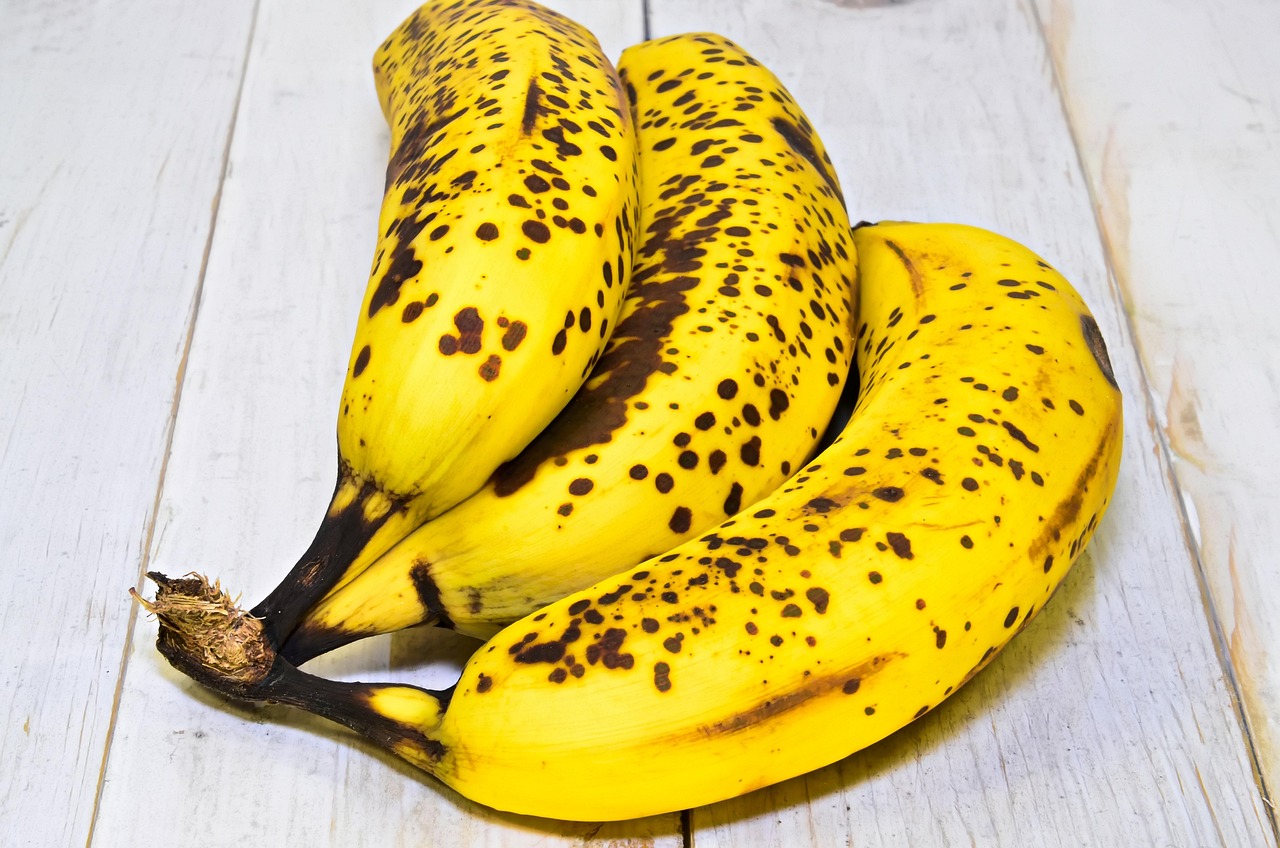在全球化的今天,美食不仅仅是满足味蕾的享受,更是一种文化交流和语言学习的窗口,本文将带你走进英语中的美食世界,探讨如何用英语描述和讨论各种美食,以及美食如何成为连接不同文化的桥梁。
美食,作为人类文明的重要组成部分,承载着每个地区独特的文化和历史,英语,作为国际交流的主要语言之一,为我们提供了一个平台,让我们能够分享和讨论来自世界各地的美食,从法国的奶酪到日本的寿司,从意大利的披萨到中国的火锅,每一种食物都有其独特的风味和背后的故事,本文将带你探索如何用英语描述这些美食,并理解它们在文化交流中的作用。
美食的英语表达
基本词汇
在讨论美食时,掌握一些基本的英语词汇是非常重要的,以下是一些常用的词汇:
- Dish: 菜肴
- Cuisine: 菜系
- Ingredient: 食材
- Flavor: 味道
- Spice: 香料
- Sauce: 酱料
- Appetizer: 开胃菜
- Main Course: 主菜
- Dessert: 甜点
描述味道
描述食物的味道是讨论美食时的关键,以下是一些常用的形容词:
- Tasty: 美味的
- Delicious: 可口的
- Spicy: 辛辣的
- Savory: 咸香的
- Sweet: 甜的
- Bitter: 苦的
- Sour: 酸的
食物的质地
食物的质地也是描述美食时不可忽视的一部分,以下是一些描述质地的词汇:
- Crispy: 脆的
- Soft: 软的
- Chewy: 有嚼劲的
- Smooth: 光滑的
- Creamy: 奶油般的
食物的呈现
食物的呈现方式也是评价美食的一个重要因素,以下是一些相关的词汇:
- Presentation: 摆盘
- Garnish: 装饰
- Colorful: 色彩丰富的
- Aesthetically pleasing: 视觉上令人愉悦的
美食与文化
美食不仅仅是食物本身,它还承载着一个地区的文化和传统,以下是一些例子:
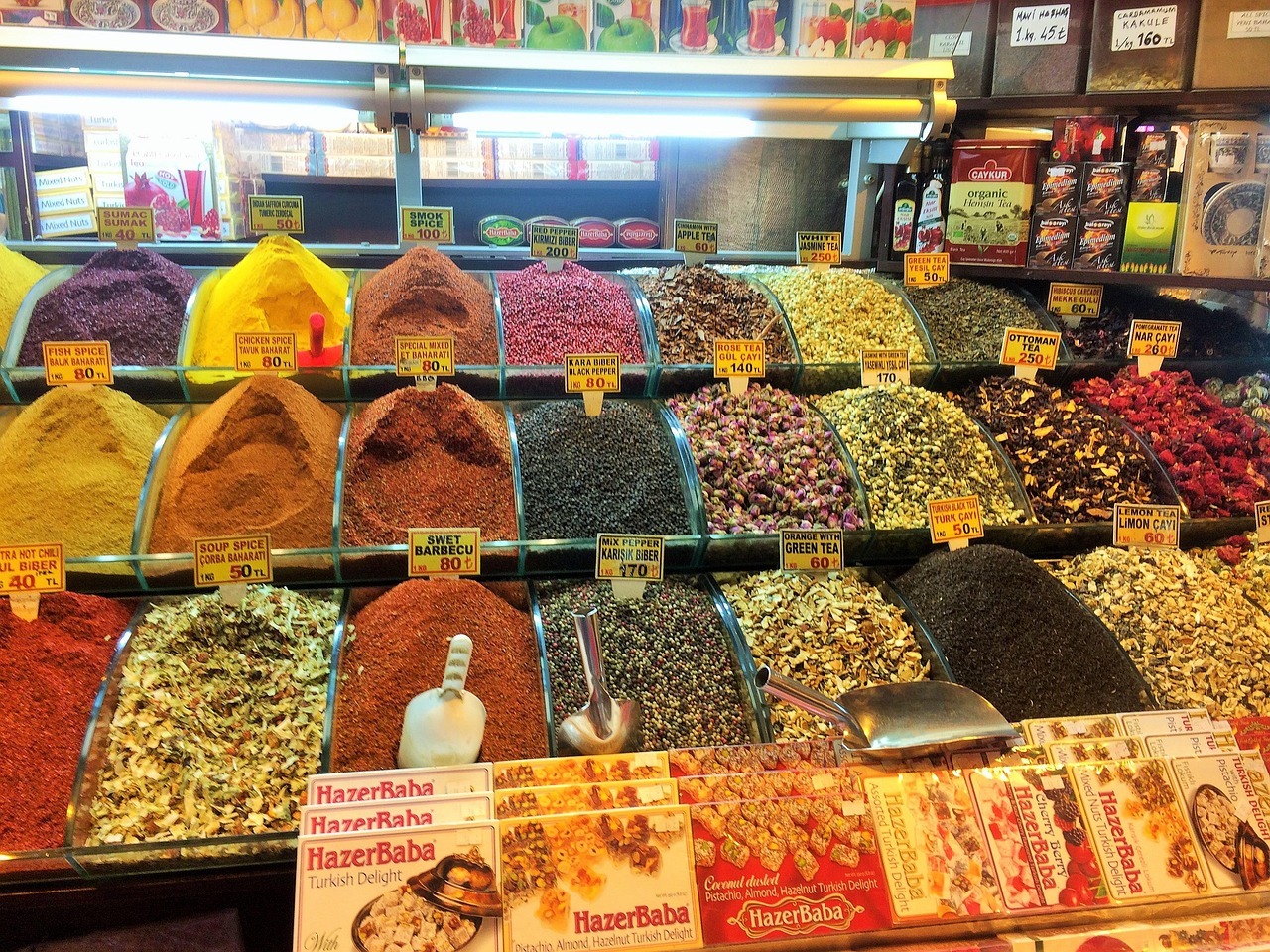
意大利披萨
意大利披萨是一种全球知名的美食,它不仅是一种食物,更是意大利文化的象征,披萨的起源可以追溯到古罗马时期,当时人们将面团放在石头上烤制,现代披萨的流行则要归功于19世纪那不勒斯的面包师拉斐尔·埃斯波西托,他创造了玛格丽特披萨,以纪念意大利女王玛格丽特。
日本寿司
寿司是日本料理的代表,它体现了日本人对食材新鲜度和季节性的重视,寿司的历史可以追溯到8世纪,当时人们将鱼和米饭一起发酵保存,现代寿司的形式则是在江户时代(1603-1868)发展起来的,那时人们开始将新鲜的鱼片放在醋饭上食用。
中国火锅
火锅是中国最受欢迎的美食之一,它象征着团聚和分享,火锅的历史可以追溯到汉朝,当时人们使用陶罐在火上煮食物,现代火锅的形式则是在清朝发展起来的,那时人们开始使用铜锅和多种调料。
法国奶酪
法国以其丰富的奶酪种类而闻名,每一种奶酪都有其独特的风味和制作工艺,法国奶酪的历史可以追溯到罗马时期,当时人们已经开始制作和享用奶酪,法国奶酪的种类繁多,从软质的布里奶酪到硬质的孔泰奶酪,每一种都有其独特的风味和制作工艺。
美食的英语作文实例
以下是一篇关于美食的英语作文实例,供你参考:
A Culinary Journey Through English**
As a language learner, I have always been fascinated by the power of food to bring people together and the role it plays in cultural exchange. Food is not just sustenance; it's a form of art, a story, and a way to connect with others. In this essay, I will take you on a culinary journey through the English language, exploring the rich tapestry of flavors and traditions that make up the global cuisine.
Starting with the basics, English offers a plethora of vocabulary to describe our culinary experiences. From the simple "dish" to the more complex "cuisine," we can delve into the world of "ingredients" and "flavors" that make each meal unique. Describing the taste of food is an art in itself, with adjectives like "tasty," "delicious," "spicy," and "savory" painting a picture of the culinary delights we encounter.
The texture of food is another aspect that adds depth to our descriptions. Words like "crispy," "soft," "chewy," "smooth," and "creamy" help us convey the tactile experience of eating. And let's not forget the presentation, which can make or break a dish. A well-presented meal is not only "colorful" and "aesthetically pleasing" but also a testament to the chef's skill and creativity.
Culinary traditions around the world are a testament to the diversity and richness of our global culture. Take, for example, Italian pizza, a dish that has become synonymous with Italy itself. Its origins date back to ancient Rome, and its modern form is a tribute to the ingenuity of Neapolitan bakers like Raffaele Esposito, who created the Margherita pizza in honor of Queen Margherita.
Japanese sushi is another example of how food can reflect a nation's values. The emphasis on freshness and seasonality in sushi speaks to the Japanese appreciation for nature and the changing seasons. The history of sushi stretches back to the 8th century, and its modern form emerged during the Edo period, showcasing the evolution of this delicate art.
Chinese hot pot is a communal dish that symbolizes togetherness and sharing. Its history can be traced back to the Han Dynasty, and it has evolved into the beloved dish we know today, with a variety of broths and dipping sauces to suit every palate.
Lastly, French cheese is a testament to the diversity and craftsmanship of French cuisine. With a history dating back to Roman times, French cheese varieties range from the soft Brie to the hard Comté, each with its own unique production methods and flavors.
In conclusion, food is a universal language that transcends borders and connects us all. Through the English language, we can explore and appreciate the rich tapestry of flavors, textures, and traditions that make up our global culinary landscape. So, let's raise a toast to the power of food and the language that helps us share and celebrate it.



